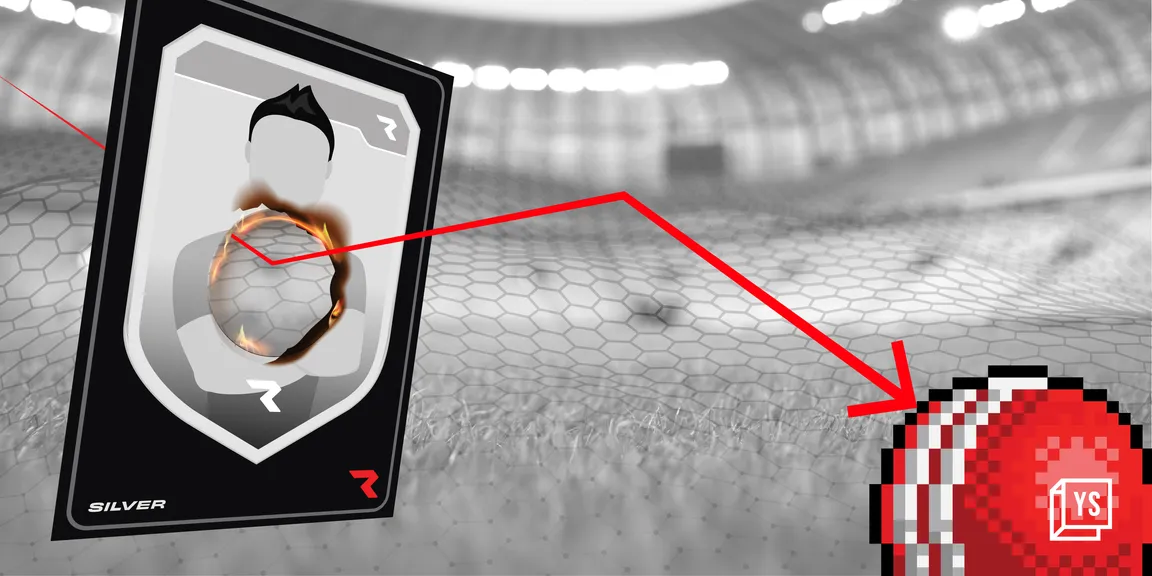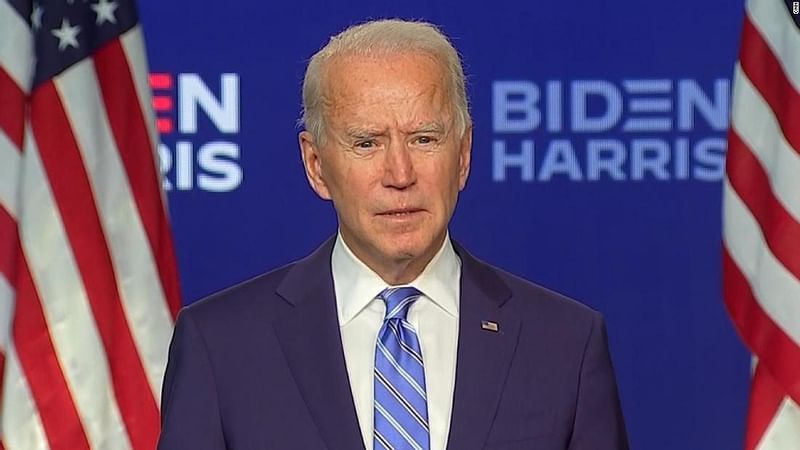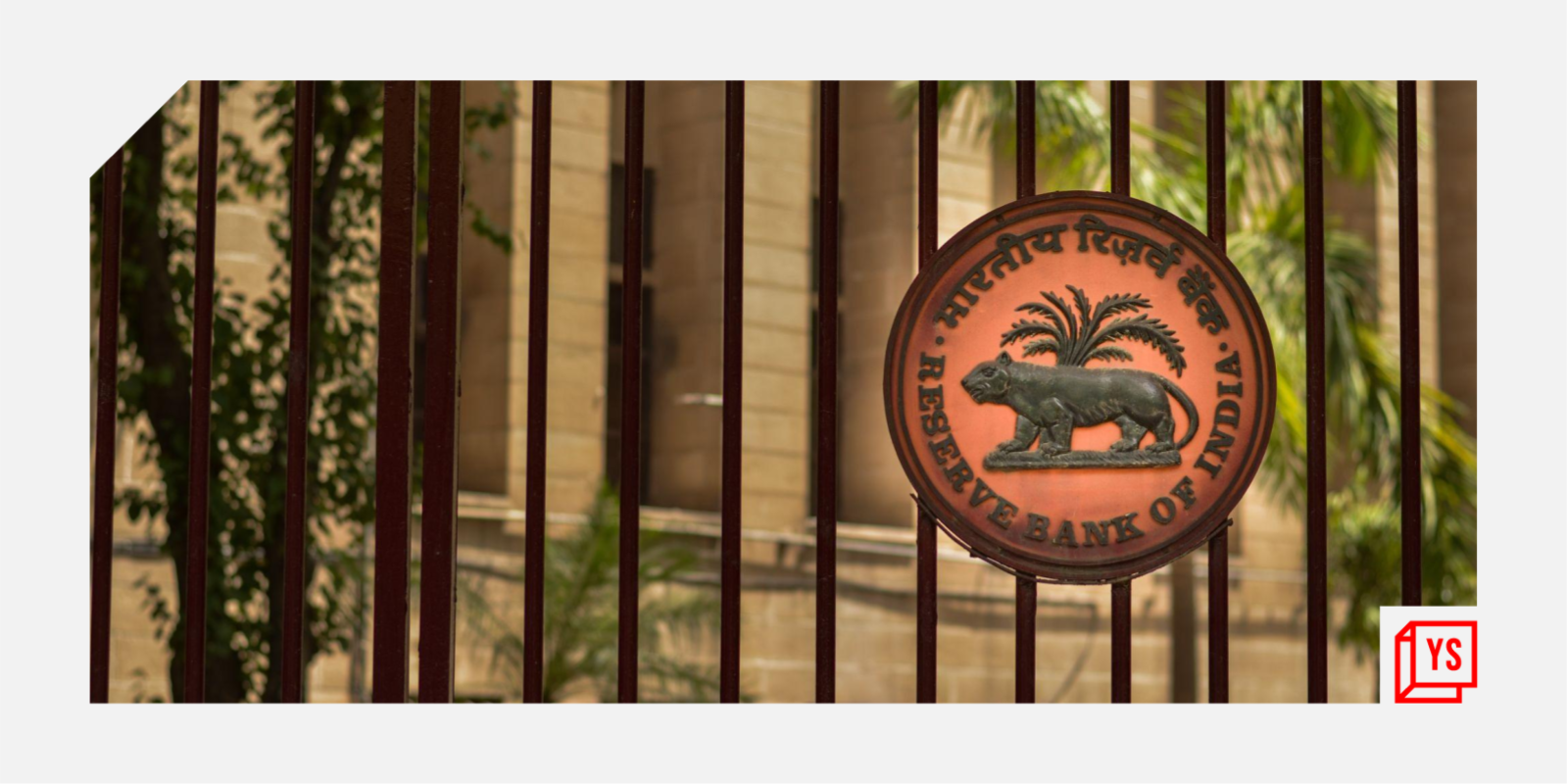Rario NFT traders feel stuck as asset values nosedive with no buyers in sight
Despite the Cricket World Cup in full swing, one of the largest global NFT projects Rario—which trades cricket collectibles—has failed to find favour. Is it emblematic of a larger problem with NFT marketplaces today?
C S (identity protected) took the NFT (non-fungible token) plunge nearly two years ago when he purchased his first set of digital cricket collectibles on . At the time, the NFT market was looking upbeat—volumes on marketplaces were high, trade activity in the NFT space was rampant, and there were a lot of takers.
Cut to now, things aren’t quite the same.
Globally, the heat that once fuelled the frenzy has largely cooled off. Even blue-chip NFTs like Azuki, whose collections cost upwards of ~$600,000 apiece, now cost less than $10.
Rario finds itself in a similar situation. Buyers on the NFT startup’s marketplace find themselves in flux as the value of their holdings—cricket collectibles—don’t see any movement despite the ongoing World Cup tournament.
Two holders of Rario cards tell YourStory on the condition of anonymity that trading activity on the platform is largely muted, leaving those who spent upwards of Rs 20,000 on a card unable to exit their holdings as buyers are few and far between.
“What’s happening now is that because the prize pools are low, you have a lot of sellers naturally, but not enough buyers… They see it this way, if the top-selling card is only worth about $25, why spend $100 on an NFT that doesn’t really have much value anymore?” C S explains.
Founded in 2021, Rario allows users to purchase cards of their favourite cricket players based on a tier system. The base price of the Bronze tier—the lowest purchase—is about $1, while the highest tier—Black, which counts the rarest of rare mints—is about $100. Two other tiers, Silver and Gold, cost $5 and $25, respectively.
According to another trader who wished not to be named, only on Bronze NFTs are being traded on the platform since it’s easy to earn back proceeds on the sale. Whereas, there are little to no incentives to purchase Black tier cards.
“Owing to the World Cup, we [Black tier card owners] thought that there would be rewards upwards of $10,000 on a match., Now, the rewards are somewhere around $500. I bought 50 cards,” the trader says.
Rario boasts of having the largest collection of cricket- based NFTs in the world, with official collaborations with cricketers adding up to 900 pieces of digital art assets.
Catch-22
Traditional NFTs can be traded on primary and even secondary markets—with the potential to flip them for a better value.
However, holders of Rario NFTs appear to have no choice but to rely on the NFT marketplace, which was founded in 2021. NFTs purchased on Rario can only be used and traded on its own native platform. As a result, traders on Rario are left to fend for themselves, seeking out willing buyers on their own, leading to fewer trades.
The total prize pool for the ongoing World Cup matches is a far cry from what it was before. As per screenshots shared by one user, events that were worth thousands of dollars only cost about $25 now.

Early tournament price pools (YourStory)

Most recent prize pool (YourStory)
“At this point, users are just frustrated with Rario,” C S says. Rario's official telegram group is rife with complaints from traders, some of whom shared how their holdings continue to suffer despite the ongoing Cricket World Cup.
Over 25,00 users even took to floating a statement to get Rario's attention to the matter, urging the company to revise its future roadmap, increase prize pools, and provide an explanation for the devaluation of its NFTs.
The natural devaluation of Rario’s NFTs signals a larger problem with digital assets.
“The problem just doesn’t stop with sports NFTs but NFTs in general… almost all top collections at the moment are about 90% down… the bullishness around these things have gone away,” says Smit Khakhkhar, Tech Investments Lead and Research at Delta Blockchain Fund.
He further notes that the inability to take the NFTs to other markets could have also had a detrimental effect on the overall value of these NFTs.
A blue-chip top sports NFT—NBA Top Shot—also failed to find success after the bull run in 2021. The company, which made basketball fandom NFTs, eventually had to resort to layoffs earlier this year. The company also ran into several lawsuits, with one alleging that it had to be registered as securities in the US and subject to federal securities laws.
NFTs aren’t regulated under Indian laws but are taxed if disclosed as Virtual Digital Assets.
“Most NFTs are largely hype-driven if they do not have a specific use case, otherwise the motivation to purchase these NFTs is largely for arbitrage,” says Khakhkhar.
At the moment, most traders are continuing to play the waiting game. A recent report by The Economic Times suggested that Rario would be downsized. Its valuation stood at $250 million after it raised $120 million in April 2022, as per TechCrunch.
However, its parent Dream11 and Dream Capital, which backed the NFT marketplace, declined to comment on the matter.
At the height of the NFT bull run during 2021 and early 2022, the overall global trading volumes on a monthly basis were around $2.8 billion according to some estimates. However, a report by DApp Radar showed that the overall NFT market value has since dipped significantly, with it being last valued at around $600 million in July.
Rario traders, however, have no option but to hold on to the cards, for now.
“I bought these cards thinking it is a lifetime opportunity…I am holding cards for now without knowing the future because selling it cheap is not a good option given there is no loss offset option in NFTs,” said one of the traders quoted above.
Cover image by Nihar Apte.
(This story has been updated to reflect a change in the cover image.)
Edited by Kanishk Singh





